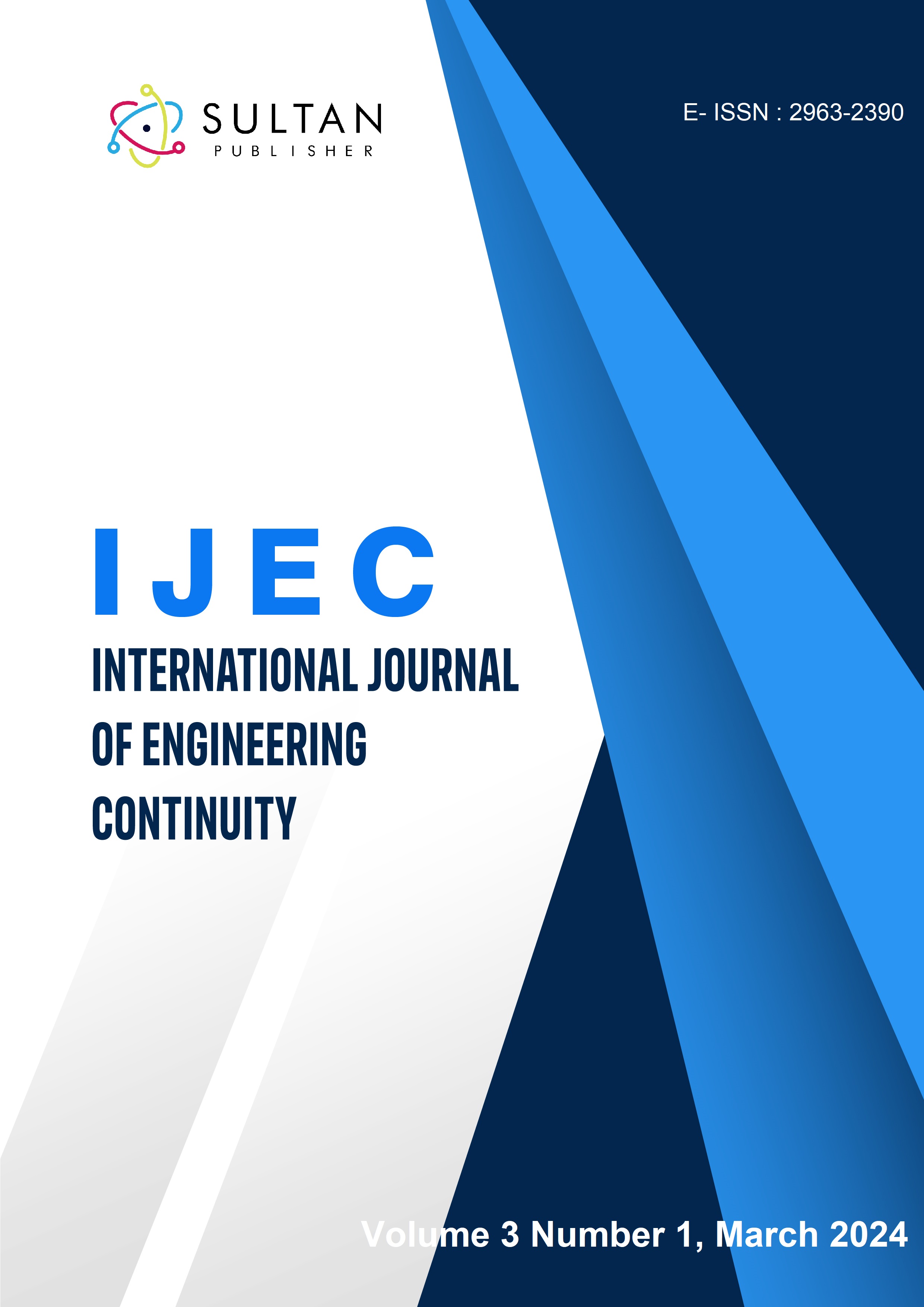Implementation OSPFv3 For Internet Protocol Verses 6 (IPv6) Based On Juniper Routers Use Emulator Virtual Engine – Next Generation (Eve-NG)
Keywords:
IPv4, IPv6, Eve-NG, Computer NetworkAbstract
Advances in computer network technology and increased use of Internet information have reduced IPv4 offerings. This requires a computer network protocol that can replace the role of IPv4 which is currently limited/loose. Also known as Internet Protocol Verses 6 (IPv6), it aims to improve on IPv4 and does not represent a fundamental change from IPv4. Features that are available in IPv4 are also available in IPv6, but features that do not work in IPv4 are available in IPv4. IPv6 is no longer used. A transition mechanism is required to forward IPv6 packets to an existing IPv4 network and vice versa. One of the available mechanisms is automatic tunneling (abbreviated as Tunneling). The EVE-NG simulator is used to implement and study the routing protocol (OSPFv3) on IPv6 networks. To check the results, use the traceroute, ping command. The Juniper platform is implemented in this small virtual network to test the OSPFv3 protocol on an IPv6 network. This research explains how to assign IPv6 addresses on Juniper routers and end devices as well as their configuration. The Internet protocol layer is responsible for receiving and sending data packets within the network. In the virtual environment simulation mode, Juniper packets are analyzed and packet forwarding via IPv6 on OSPFv3 is used to make decisions for protocols in the IPv6 environment that are faster, and more secure.
Downloads

Published
How to Cite
Issue
Section
Copyright (c) 2023 Nurwan Reza Fachrur Rozi, Ade Nurhayati, Seandy Arandiant Rozano

This work is licensed under a Creative Commons Attribution-ShareAlike 4.0 International License.




